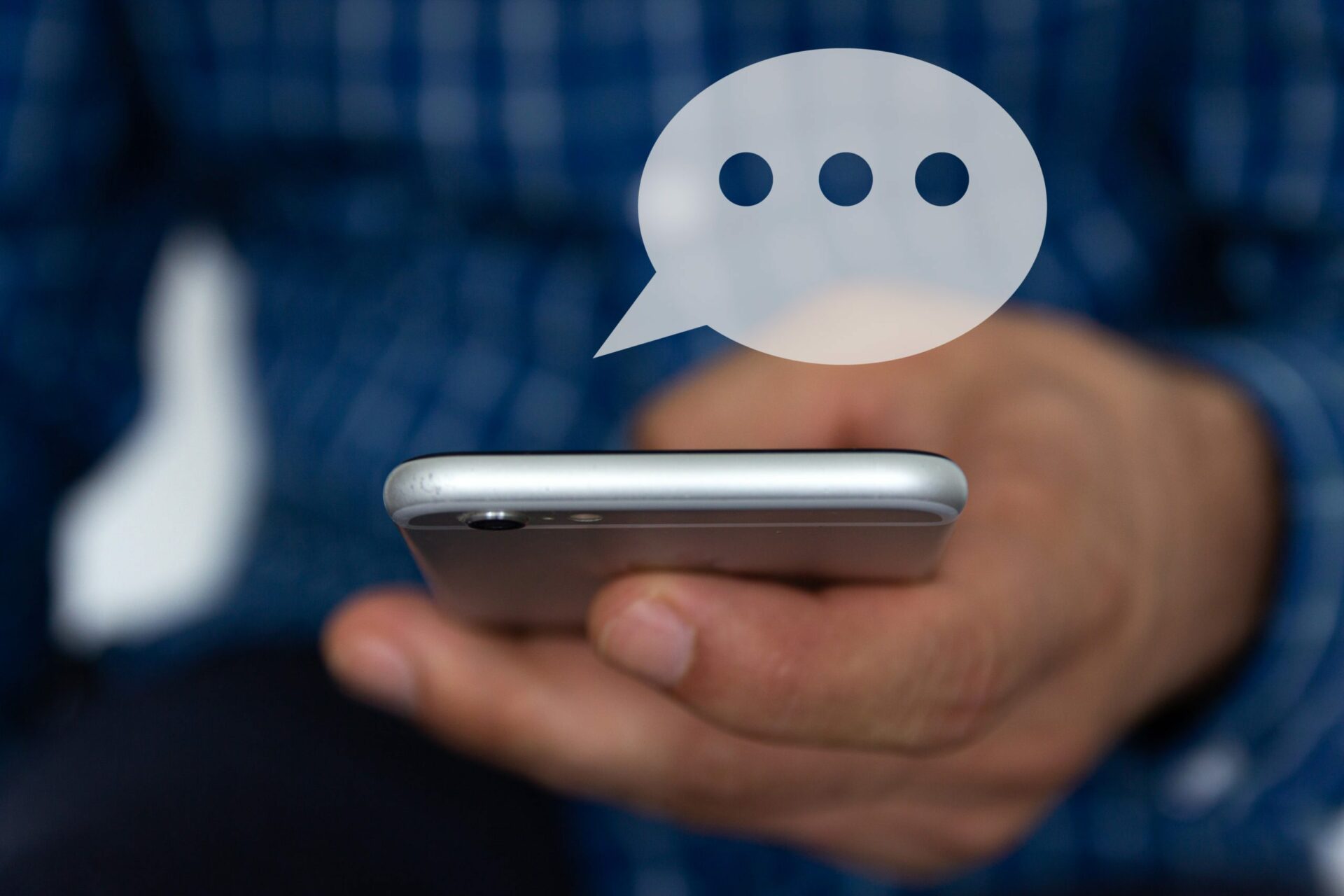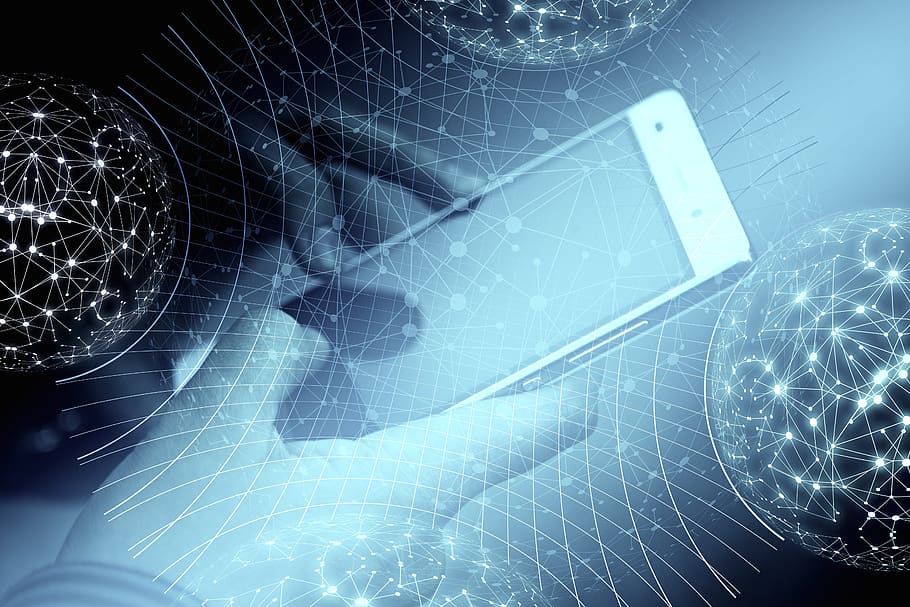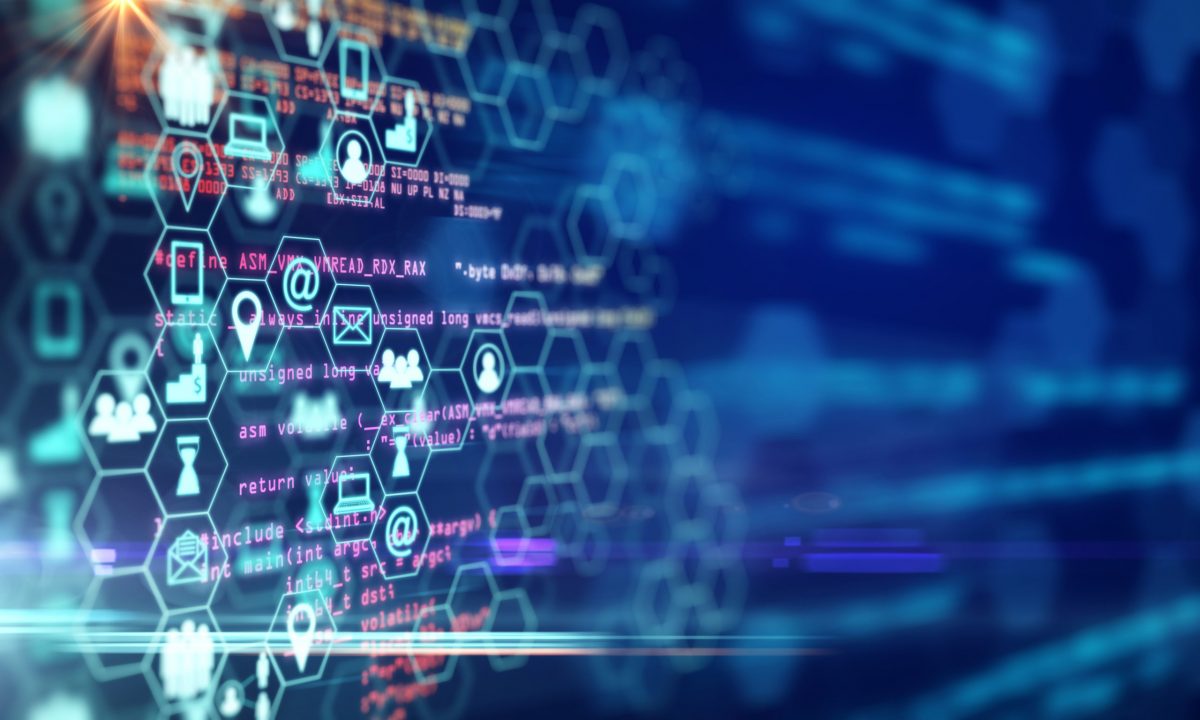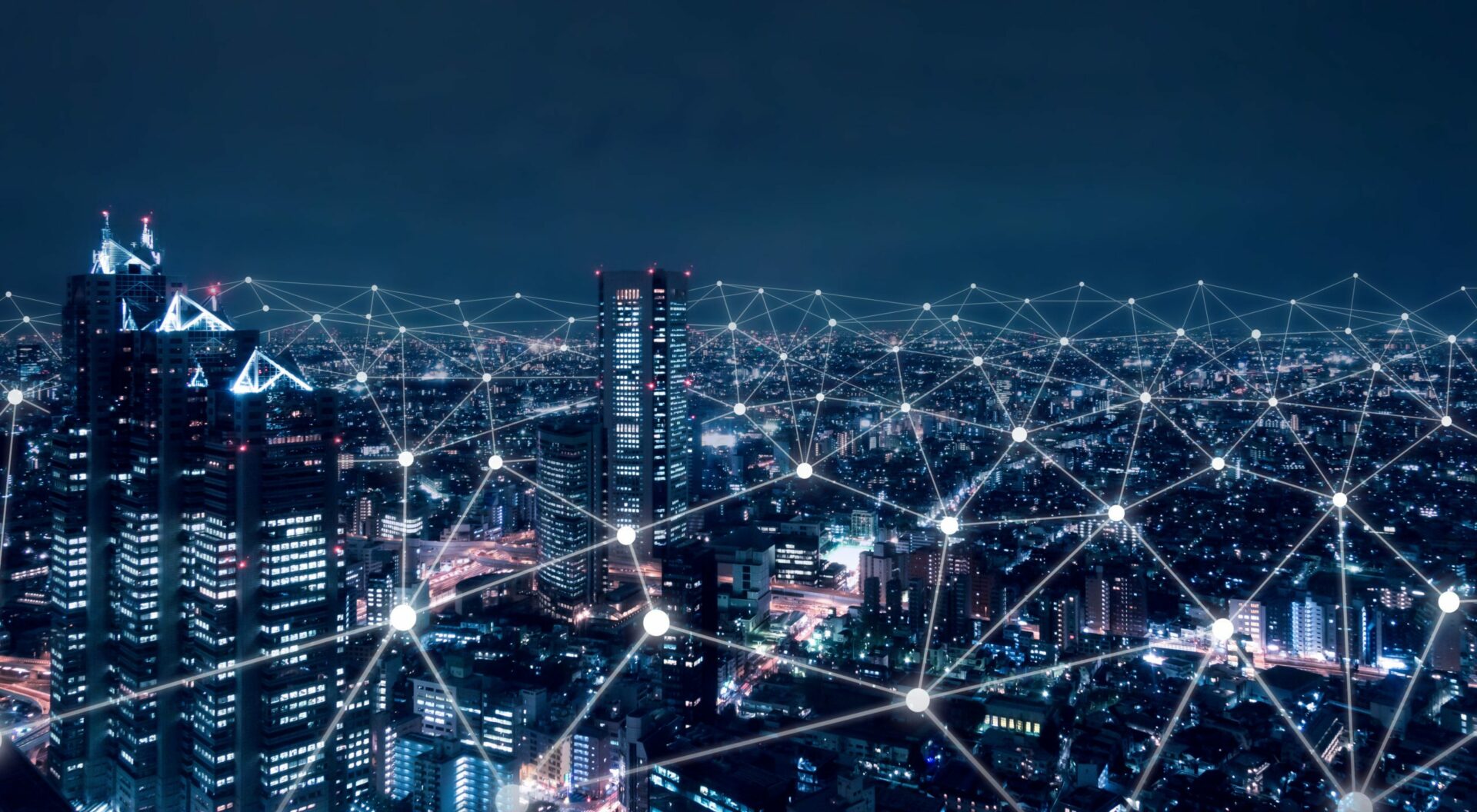Verizon said it will offer a discount to its “Verizon Forward” subscribers that will effectively make their Internet services free during a six-month promotional period. The company’s offer arrives as the US government’s Affordable Connectivity Program (ACP) appears headed for the cemetery. Although debate continues in Congress on whether to continue funding the program, it is scheduled to run out of cash next month. As that deadline looms, odds are falling that legislators will step in to save the program. “Funding for the Affordable Connectivity Program, which has helped nearly 23 million households across the nation connect to the internet, is expected to end soon. However, Verizon’s commitment to keeping families connected will continue,” Verizon wrote in a release.
To learn more, click here.











